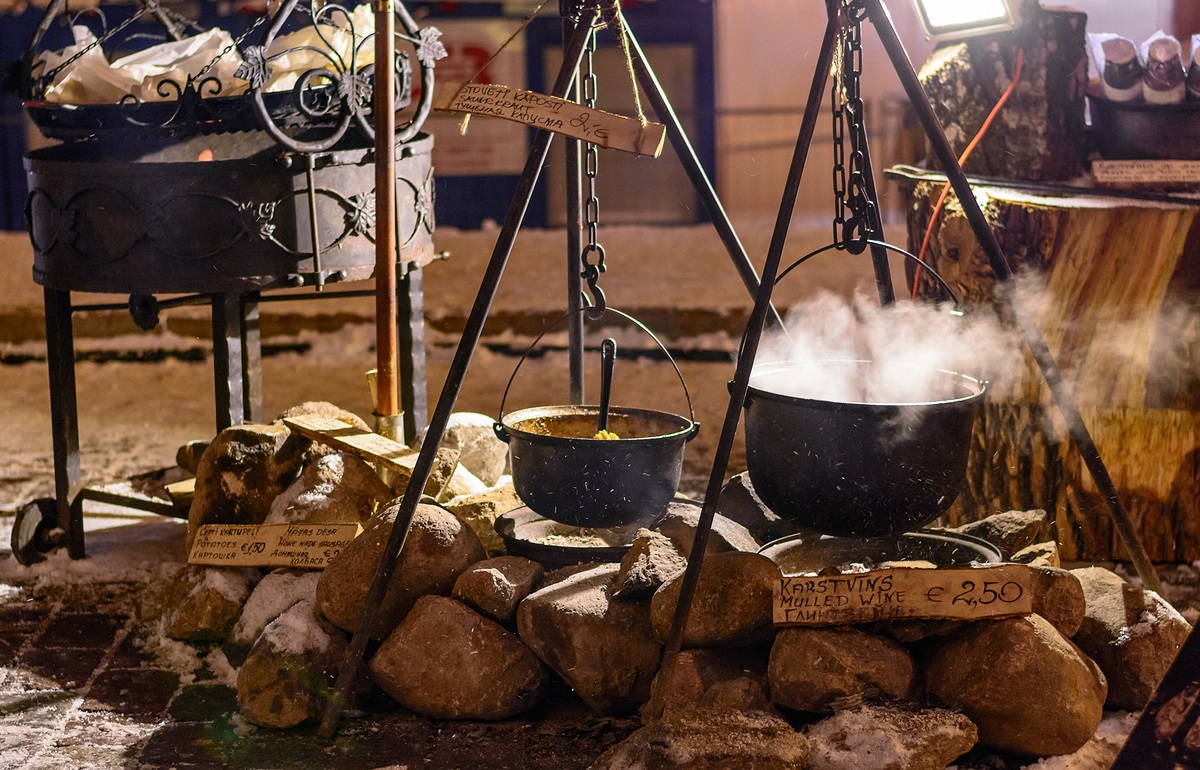Today, the Vikings are celebrated as a proud, warlike folk, well known for their mythology and elaborate funerals.
The Viking diet, however, is a mystery to most people.
What did these warriors eat to survive in such a forbidding landscape?
As it turns out, their food was healthy, fresh, and even a poor Viking ate much better than an English peasant during the Middle Ages.
That’s not to say that the Viking diet didn’t have inadequacies, but on the whole, the Viking diet was a model of efficiency and innovation at a time when cooks had to make the most out of some very limited ingredients.
A major benefit of the Viking diet was the fact that every level of society, from kings to common sailors, ate meat every day.
Aside from the common varieties of meat which are consumed today, horses were also raised for food, a practice that led to later clashes with Christian leaders, as horse meat was a forbidden food under church doctrine.
Vikings were avid hunters, and would capture reindeer, elk and even bear to bring back to the hearth fires.
And of course, since Vikings spent so much time on the water, fish formed a major part of their diet.
Herrings were abundant, and prepared in a plethora of ways: dried, salted, smoked, pickled and even preserved in whey.
While we might tend to think of Vikings standing over huge roasting pits with joints of meat dripping onto hot coals, evidence suggests roasting and frying weren’t the favoured cooking methods of the time.
In fact, Vikings most often boiled their meats. Indeed, the centrepiece of the day’s meals was a boiled meat stew, called skause.
As meats and vegetables were taken out of the pot, new ones were added, and the broth became concentrated over days of cooking. Skause was eaten with bread baked with all sorts of grains, beans and even tree bark–birch bark can be dried and ground and is actually very nutritious.
Vikings used old bread dough to make sour dough loaves, and would also use soured milk and buttermilk to enrich their breads.
Vegetables and fruits were much wilder than any of our modern varieties. Carrots would have been added to the daily skause, but they weren’t orange; white carrots were the only ones available.
Viking farmers cultivated cabbages, beans, peas and endive, and wild apples and berries were also available to Middle Age diners.
A wide range of herbs and seasoning helped flavour Viking food, with spices like coriander, cumin, mustard, and wild horseradish making an appearance at the table.
So there you have it, if you ever wanted to dine like a Viking, you know where to start! Fortunately for you, there’s no need to go hunting for your favourite meat. Licious will deliver it to your doorstep.
Carry We, who dine on tables, over land and sea
Across the Rainbow Bridge…To Valhalla, Licious is waiting for me!

